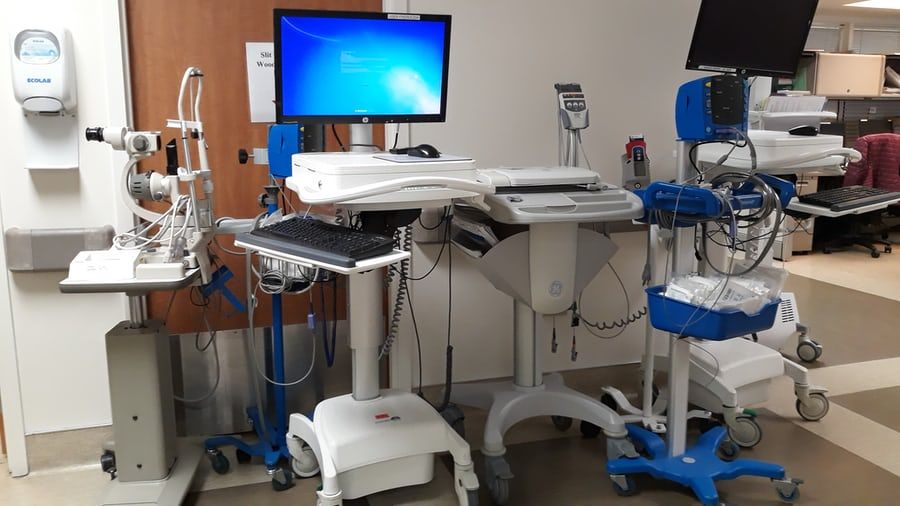Decreasing Ventilator-Associated Pneumonia With Novel Oral Care Program
A significant decrease in the rate of VAP occurred during the study period.

Ventilator-associated pneumonia (VAP), a lung infection that develops in a person who is on a ventilator, can occur when germs enter through the tube and get into the patient’s lungs. This is known to result in significant increases in hospital stay as well as morbidity rates.
Investigators from the Swedish Medical Center, in collaboration with the University of Colorado, recently conducted a study which implemented a new oral care program for vented patients to see if the program would decrease rates of VAP.
The data was presented at the 2021 Association for Professionals in Infection Control and Epidemiology conference virtual sessions.
For the study, the team of investigators surveilled for VAP at alLevel 1 trauma center utilizing National Healthcare Safety Network pneumonia definition for critical care patients admitted between September 2017-2020.
A comprehensive review was conducted by infection prevention for ventilated patient care and VAP bundle prevention through staff interviews and the shadowing of critical care nursing staff and respiratory therapists.
The oral care program consisted of an increase from Q6 oral care to Q4 oral care for all vented patients, the integration and standardization of new oral care products, the addition of twice daily chlorhexidine gluconate oral care for seven days post-extubation, an Oral Care Road Show entitled “Brush Pneumonia Away” to educate on the importance of oral care and the changes with the process and the ability for respiratory therapy to document on VAP bundle prevention including oral care.
Findings from the study showed that the comprehensive review of vented patients demonstrated that there was variability with oral care practices, which included products, number of times oral care occurred per day and oral care documentation.
Additionally, the rate of VAP occurring during the study period decreased by 65%.
“Implementation of an oral care bundle in a Level I Trauma Center with a significant daily census of critically ventilated patients improved VAP rate,” the authors wrote. “Oral care interventions have been recognized as an effective method in reducing the risk of VAP in critically ill patients.”
